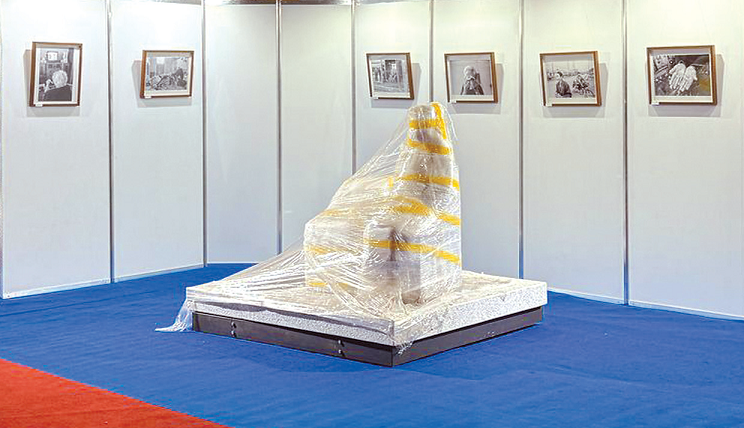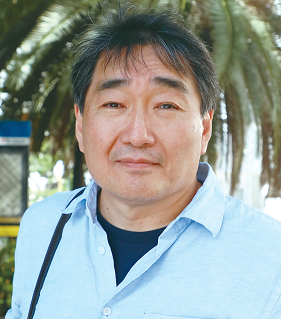The Comfort Women statue, delayed for nearly three years due to Japanese government opposition, is being publicly displayed for the first time in South America at the 49th Buenos Aires International Book Fair, one of the region’s largest cultural events, running from April 24 to May 12.

Delayed installation now realized
The statue was originally scheduled for installation in 2022 at the Museo de la Memoria (Memory Museum) in Buenos Aires. However, the plan was postponed following objections from Japan. Now, nearly three years later, it will be showcased to the public for the first time.
Led by Korean Argentine community groups

According to the Argentina Korean Association and the Man-young Cultural Foundation, the statue is being displayed at their co-hosted booth within the exhibition grounds. The fair, which attracted over 1.12 million visitors last year, is considered the largest cultural event in Latin America.
Choi Do-Sun, chairman of Peabody and founder of the Man-young Foundation, said the statue’s installation marks the 80th anniversary of Korea’s liberation and the 60th anniversary of Korean immigration to Argentina. He emphasized that holding the exhibit at South America’s most attended cultural event offers an important opportunity to raise awareness about the history and significance of the statue.
Created by artists Kim Seo-Kyung and Kim Eun-Sung, the 1.4-meter-tall bronze statue sits atop a 2-meter-square marble base. The unveiling ceremony will take place on April 25 at 6 p.m. (local time). After the fair, the statue will be stored by the Man-young Foundation until a permanent location is secured.
Accompanying events highlight historical memory
Several related events are planned in conjunction with the statue’s unveiling. Kim Geum-Suk, author of the graphic novel Grass — which tells the life story of comfort woman Lee Ok-Sun and won the Harvey Award (often referred to as the “Oscars of comics”) — will hold a public discussion.
A documentary screening of Partió de mí un barco llevándome, directed by Cecilia Kang, a second-generation Korean Argentine filmmaker, will also be held. In addition, an essay contest on comfort women history will be judged by the Korean Studies Association, comprised of scholars from seven universities, including the University of Buenos Aires and Austral University.
To help visitors understand the statue’s significance, the organizers have prepared pamphlets and launched an informational website:
▶ Website: www.laninadelapaz.com.ar
Installation faced diplomatic challenges
According to Choi, the statue was initially intended for placement at the main entrance of the fair, where foot traffic is highest. However, due to protests from the Japanese government, it was ultimately installed within the exhibition hall.
Choi clarified that the statue’s purpose is not to criticize Japan but to educate the public about historical truth and ensure such pain is never repeated.




